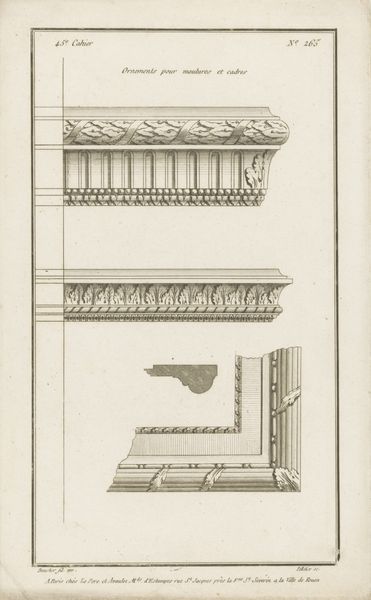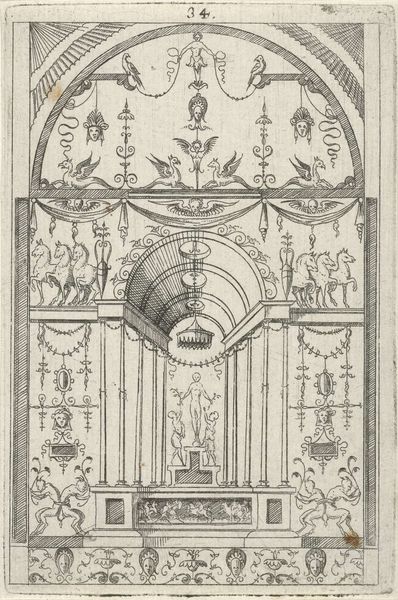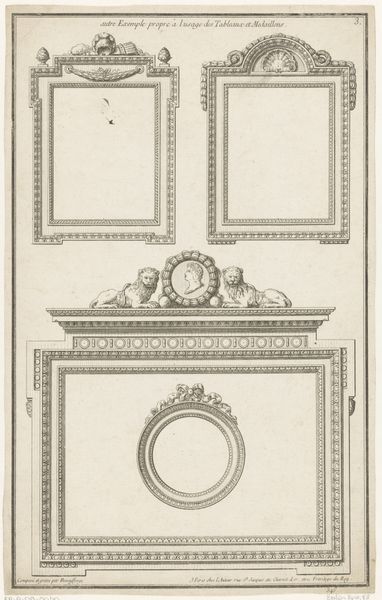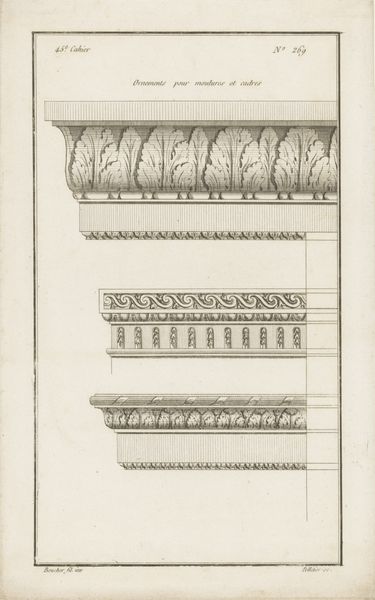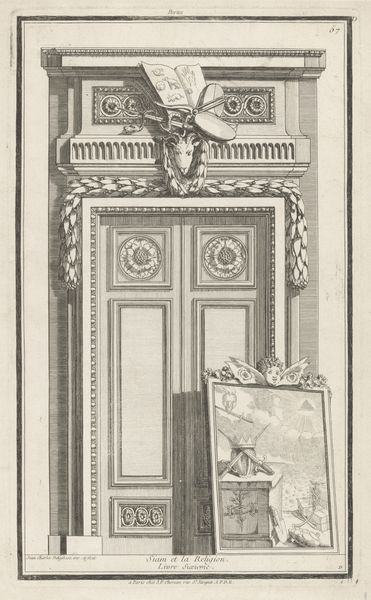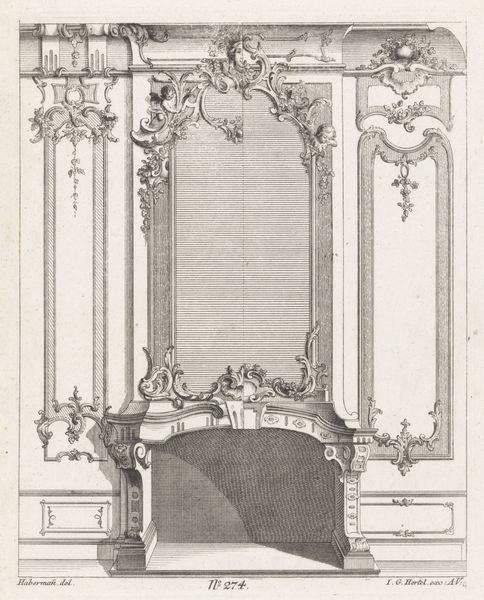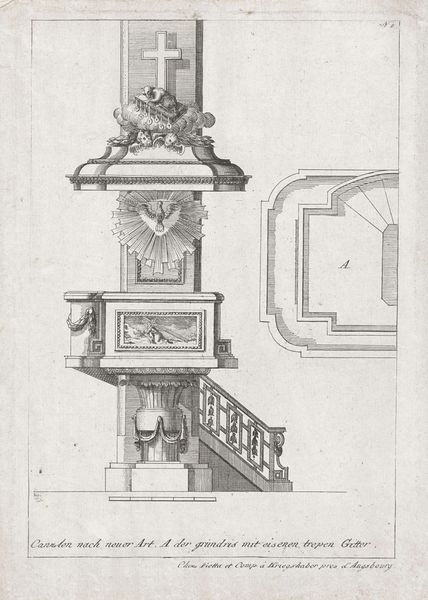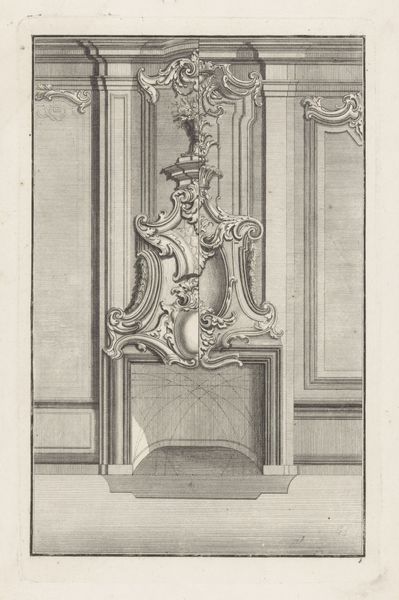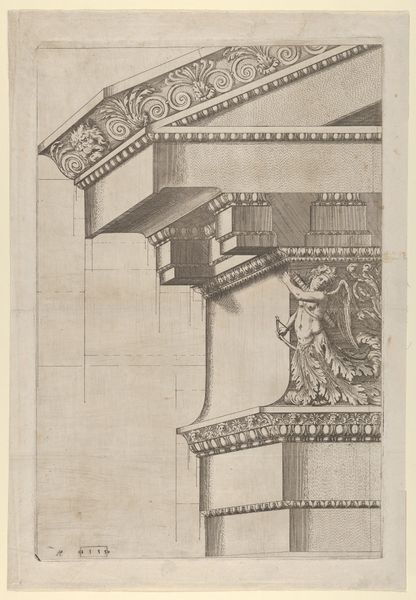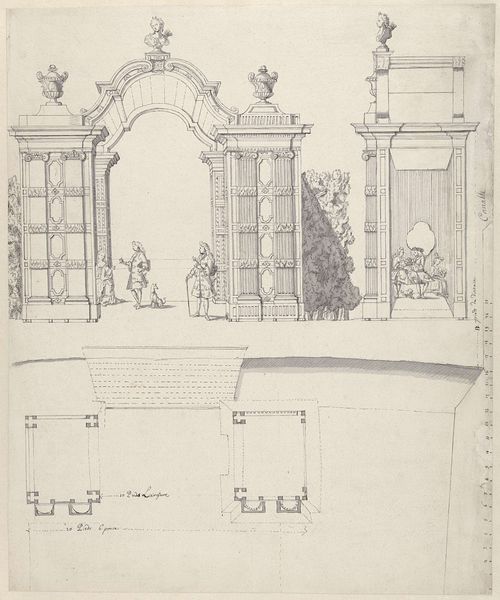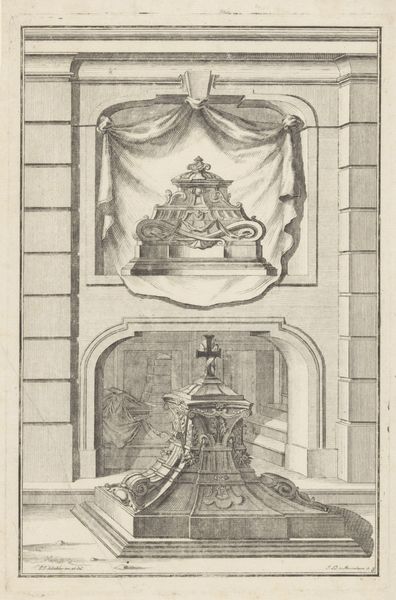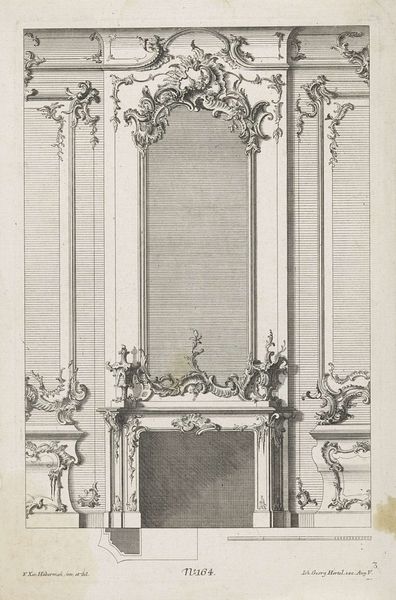
drawing, print, paper, ink, engraving
#
drawing
#
light pencil work
#
dutch-golden-age
# print
#
pen sketch
#
sketch book
#
landscape
#
paper
#
personal sketchbook
#
ink
#
sketchwork
#
pen-ink sketch
#
pen work
#
sketchbook drawing
#
cityscape
#
storyboard and sketchbook work
#
sketchbook art
#
engraving
Dimensions: height 548 mm, width 651 mm
Copyright: Rijks Museum: Open Domain
Editor: So, this is Cornelis Elandts' "Plattegrond van Den Haag," likely from the late 17th century. It's a drawing, almost like a technical illustration made with ink and engraving on paper, depicting a section of The Hague. The crisp lines give it such a formal feel. What strikes you most about this piece? Curator: For me, it's about the materials used and the labour involved in creating such a detailed rendering of urban space. This isn't just an aesthetic exercise; it's a record of land ownership and the division of resources. Consider the paper itself—where did it come from, who made it, and what was its value? Editor: I see what you mean! It goes beyond just appreciating the image. What about the precision of the engraving? Curator: Exactly! Think about the engraver's workshop, the tools they used, the apprenticeship required to master such skills. The choice of engraving itself speaks to a desire for reproducibility. These weren't unique artworks meant for display; they were meant to circulate, to be used, to inform decisions about land and property. Editor: So the method of production itself infers the purpose of this piece? Curator: Precisely. Even the depiction of windmills—they are not just picturesque details, but significant engines driving the Dutch economy through grain milling and water management. They embody the relationship between technology, labor, and economic prosperity of the period. How does the inclusion of these active structures alter your view? Editor: It's changed it entirely. Before, I saw it as just a historical depiction of a city, but now, I see the work that went into the depiction of labor through infrastructure. I didn't think of the materiality of the map itself, either. Curator: Understanding the materials and processes employed by Elandts allows us to situate the work in its social and economic context. By examining its materiality and production we understand that "art" doesn’t exist in a vacuum, it mirrors back society's practices of labour and commodification.
Comments
No comments
Be the first to comment and join the conversation on the ultimate creative platform.
